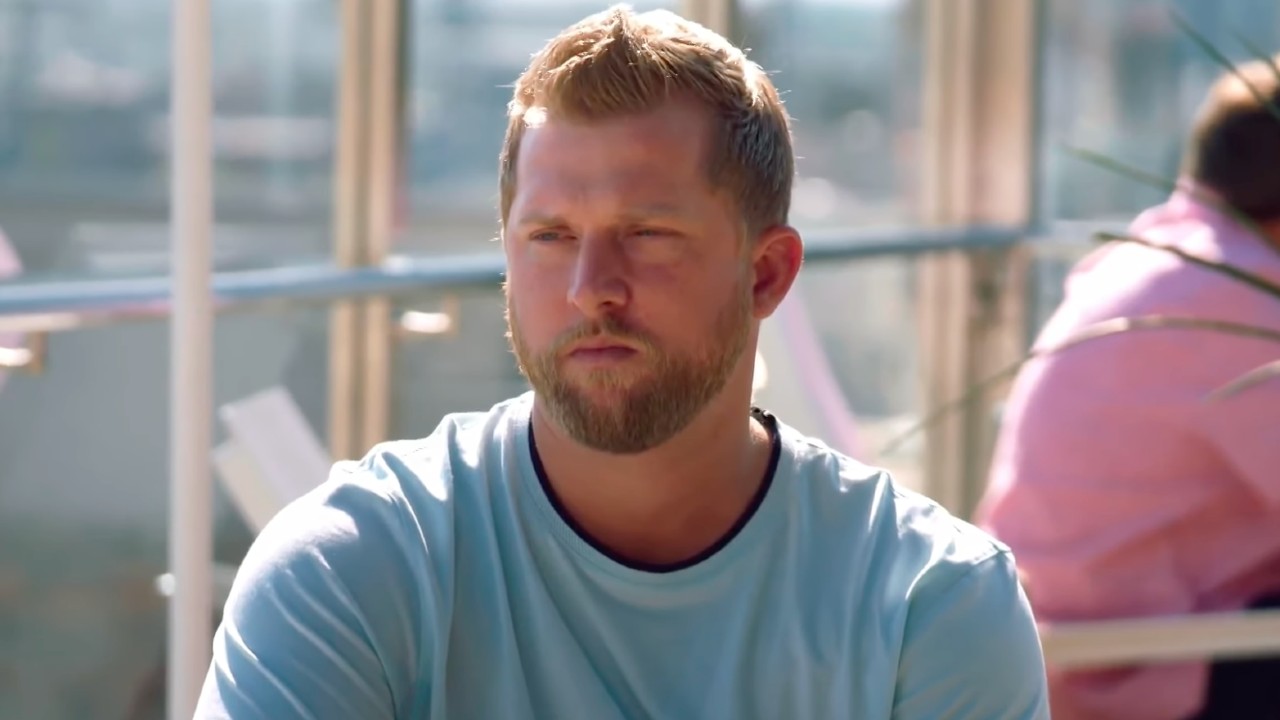The Scene That Convinced A Quiet Place Producers To Use Subtitles For Its Sign Language

Warning: possible spoilers ahead for A Quiet Place! Read ahead at your own risk!
It's no secret that John Krasinski's A Quiet Place lives up to its name. The film relies on silence to achieve much of its tension, which means most of it plays out without any substantial dialogue. That said, the characters do communicate through sign language throughout the film, with subtitles helping to convey the meaning of their gestures. With that in mind, CinemaBlend recently had a chance to ask A Quiet Place producers Andrew Form and Brad Fuller about the decision to spell out the meaning of the sign language, and they admitted that they almost didn't use subtitles until they realized that one specific scene made them necessary. The producers explained:
Brad: We never watched the movie with subtitles until a month before we finished. That's kind of how we watched the movie. That's how John built the movie the first time he screened it for me. There were no subtitles on it. You really got used to it, but I think there was a point where we all looked at each other like, 'Let's watch it with the subtitles and see what's really happening.' Once that happened, there was never ever a question ever again. It was going to be subtitles no matter what.Andrew: Like the Millie and John scene where he tries to get her to put a new hearing aid in. It's a very emotional scene, but I had no idea... I mean, I knew what they were saying, but as a viewer, I didn't know what they were saying. When you put in the subtitles that really kind of helped solidify not only that scene but also that relationship.
So, for the bulk of its existence in the development, production, and post-production stages, the plan was never to use subtitles. The sign language would merely play out naturally, with context clues helping to explain the meaning of the gestures. However, the sign language got a bit more complicated in the scene in which the father (John Krasinski) gives his daughter (Millicent Simmonds) a modified hearing aid, and that pivotal scene ultimately forced them into a situation where subtitles became necessary.
Of course, once they opted to use sign language for that one specific scene, then the Pandora's box opened, and they felt compelled to use it everywhere else in the movie. Brad Fuller continued in our discussion of A Quiet Place and explained how the use of subtitles in one scene necessitated the use of the captioning format everywhere else in the film. Fuller elaborated:
Brad: And I think once you put one subtitle in, you subtitle the whole movie. You don't take liberties like, 'Oh they probably know what I love you is, but we don't subtitle it.' It's just gonna live everywhere and that's the world we live by.
A Quiet Place is now in theaters and making a serious impression on audiences and at the box office. Check out CinemaBlend's full review of the film and check out our movie premiere guide to see what other movies (particularly horror movies) are going to hit the big screen in 2018!
Your Daily Blend of Entertainment News
Originally from Connecticut, Conner grew up in San Diego and graduated from Chapman University in 2014. He now lives in Los Angeles working in and around the entertainment industry and can mostly be found binging horror movies and chugging coffee.

